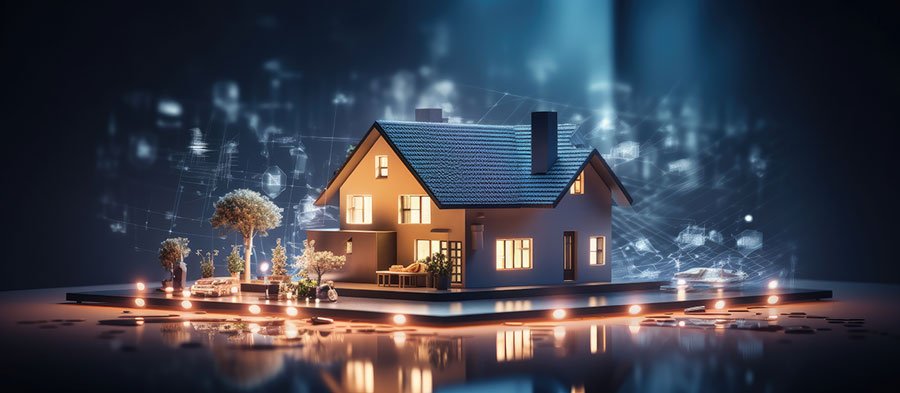Standard Residential Utilities Explained
What are Standard Residential Utilities and how do they work?
The term “Utilities” refers to the essential services provided to homes to ensure basic functionality and comfort. These services are critical for daily living and include but are not limited to electricity, water, gas, and sometimes sewer services to homes.
When discussing utilities in terms of an inspection, it is important to clarify that when agents/sellers refer to utilities as “on” they are referencing electric, water, and gas (if present on the property). Additional utilities like telephone lines and cable may not be turned on and are not part of a standard inspection.
We’ve put together a list of several utilities, the source, and the most common connection or location in residential homes.
Electricity:
Source: Electricity is generated from various sources, including coal, natural gas, nuclear power, hydroelectric dams, wind turbines, and solar panels.
Delivery: The generated electricity is transported through a network of power lines and substations. It reaches residential areas through distribution lines connected to homes.
Water:
Source: Water is sourced from lakes, rivers, reservoirs, or underground aquifers.
Treatment: Water treatment plants purify and disinfect the water to meet health standards before it is distributed to homes.
Delivery: Water is delivered through a network of pipes, with water pressure maintained by pumping stations.
Natural Gas:
Source: Natural gas is extracted from underground reserves.
Processing: It undergoes processing to remove impurities and make it suitable for residential use.
Delivery: Natural gas is distributed through pipelines to homes for heating, cooking, and other appliances.
Internet and Cable TV:
Service Providers: Internet and cable TV services are typically provided by companies that use a combination of fiber-optic cables, coaxial cables, and satellite technology.
Installation: Installation involves connecting homes to the provider's network through cables or wireless technology.
Garbage and Recycling:
Collection: Garbage and recyclables are collected by municipal or private waste management services.
Disposal/Recycling: Collected waste is either disposed of in landfills or sent to recycling facilities, depending on the material.
Heating and Cooling:
HVAC Systems: Heating, ventilation, and air conditioning (HVAC) systems provide climate control. They may use electricity, gas, or other energy sources.
Insulation: Well-insulated homes require less energy for heating and cooling.
Understanding utilities is crucial for homeowners as it empowers informed decision-making and responsible management of resources. This knowledge allows you to budget effectively, ensuring financial stability. Awareness of utility systems also promotes energy and water conservation, contributing to environmental sustainability. And, in times of emergencies, knowing utility shut-off points enhances safety measures.
Educating yourself about utility systems is integral to home improvement planning, compliance with regulations, and influencing the resale value of the property. Overall, a homeowner's comprehension of utilities is essential for efficient, cost-effective, and environmentally conscious homeownership. We encourage you to make the most of your investment by reading our other blog articles to learn more about recommended home care.

